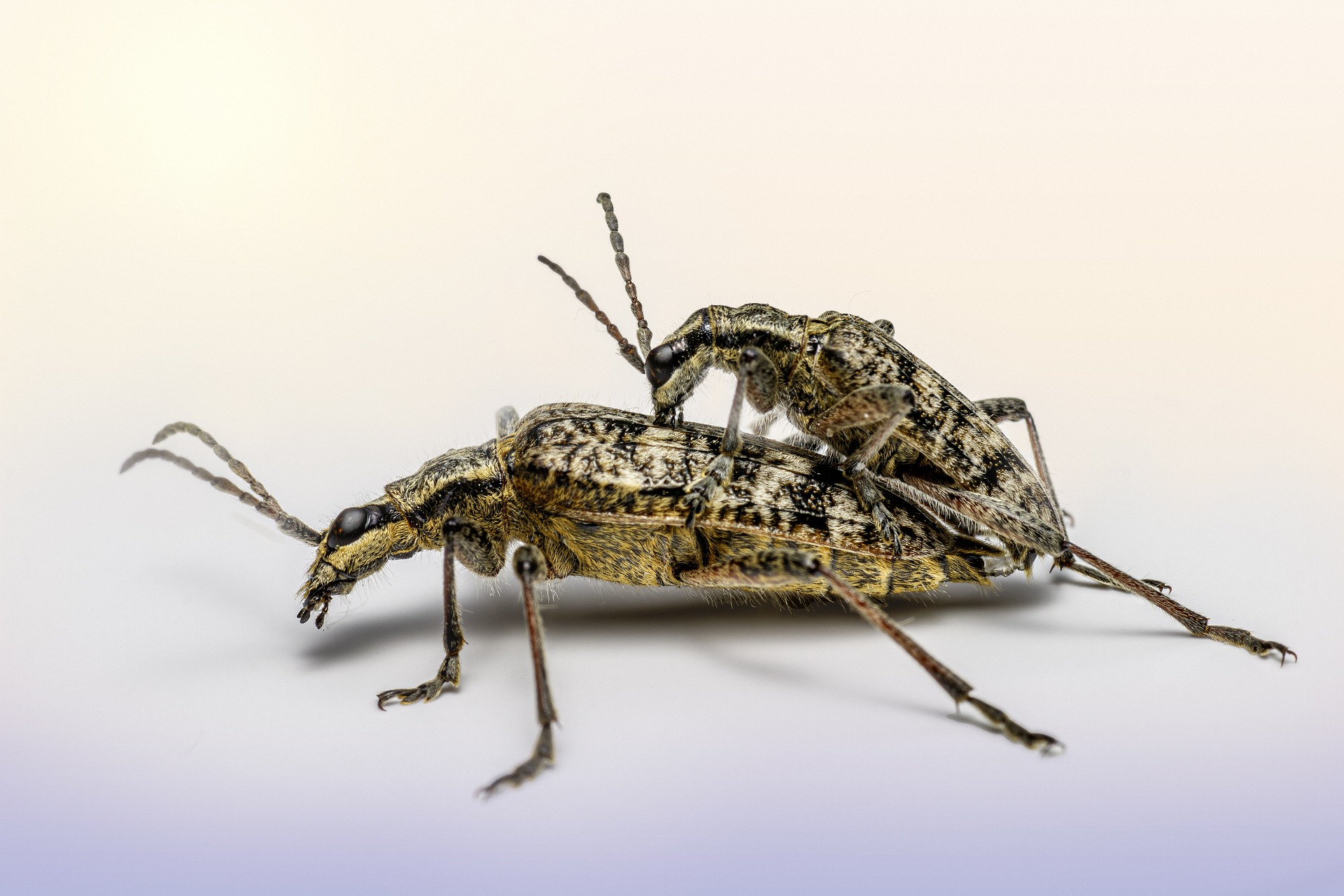The black-spotted longhorn beetle (Rhagium mordax) is a fascinating insect belonging to the weevil family, known for its distinctive appearance and behaviors. In springtime, these beetles emerge in various forest environments, adding to the rich tapestry of wildlife that inhabits these ecosystems.
Entomologists, specialists in the field of insect biology, often study creatures like the black-spotted longhorn beetle to understand their role in the environment. These invertebrates play crucial roles in forest ecosystems, contributing to processes like decomposition and nutrient cycling.
In their macroscopic world, black-spotted longhorn beetles navigate through the intricate maze of the forest, their black bodies adorned with characteristic spots, serving as a testament to the wonders of nature. As they scuttle through the underbrush, they interact with other organisms, forming intricate ecological relationships that sustain the delicate balance of forest life.
Understanding the biology and behavior of these beetles is essential for preserving their habitats and ensuring the health of forest ecosystems. Through careful observation and research, entomologists shed light on the complex interactions between insects, plants, and the environment, highlighting the interconnectedness of all living things in the natural world.
Views: 526
Subscribe to the newsletter:
